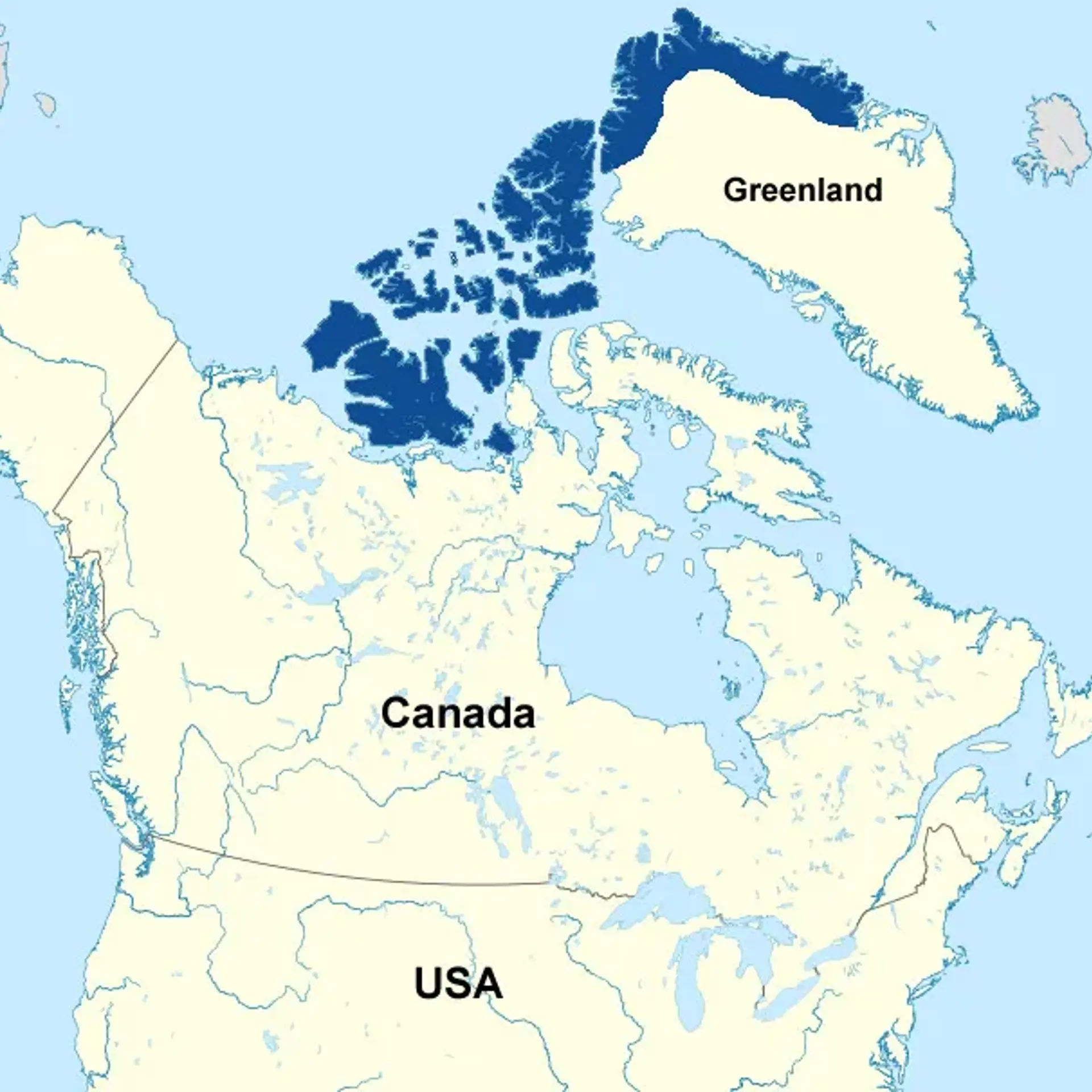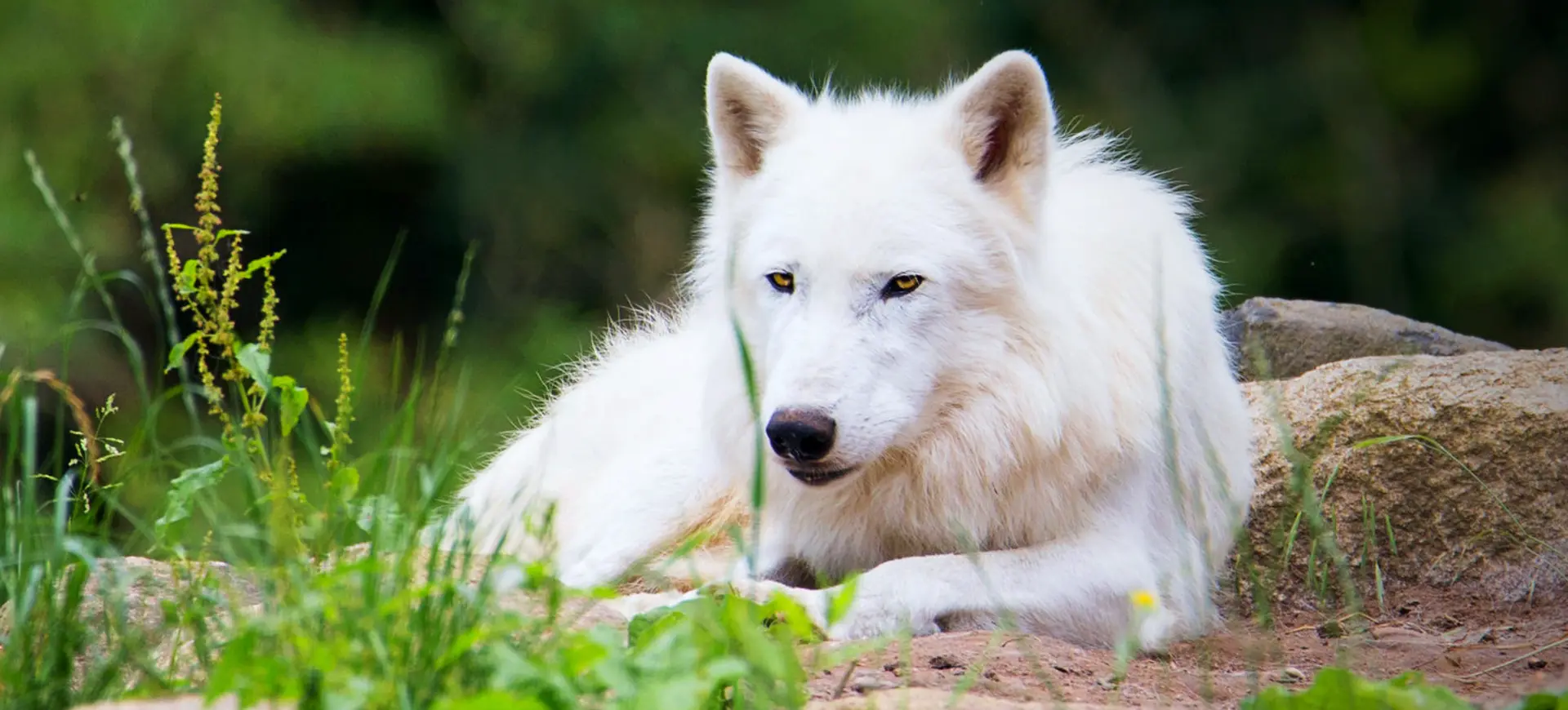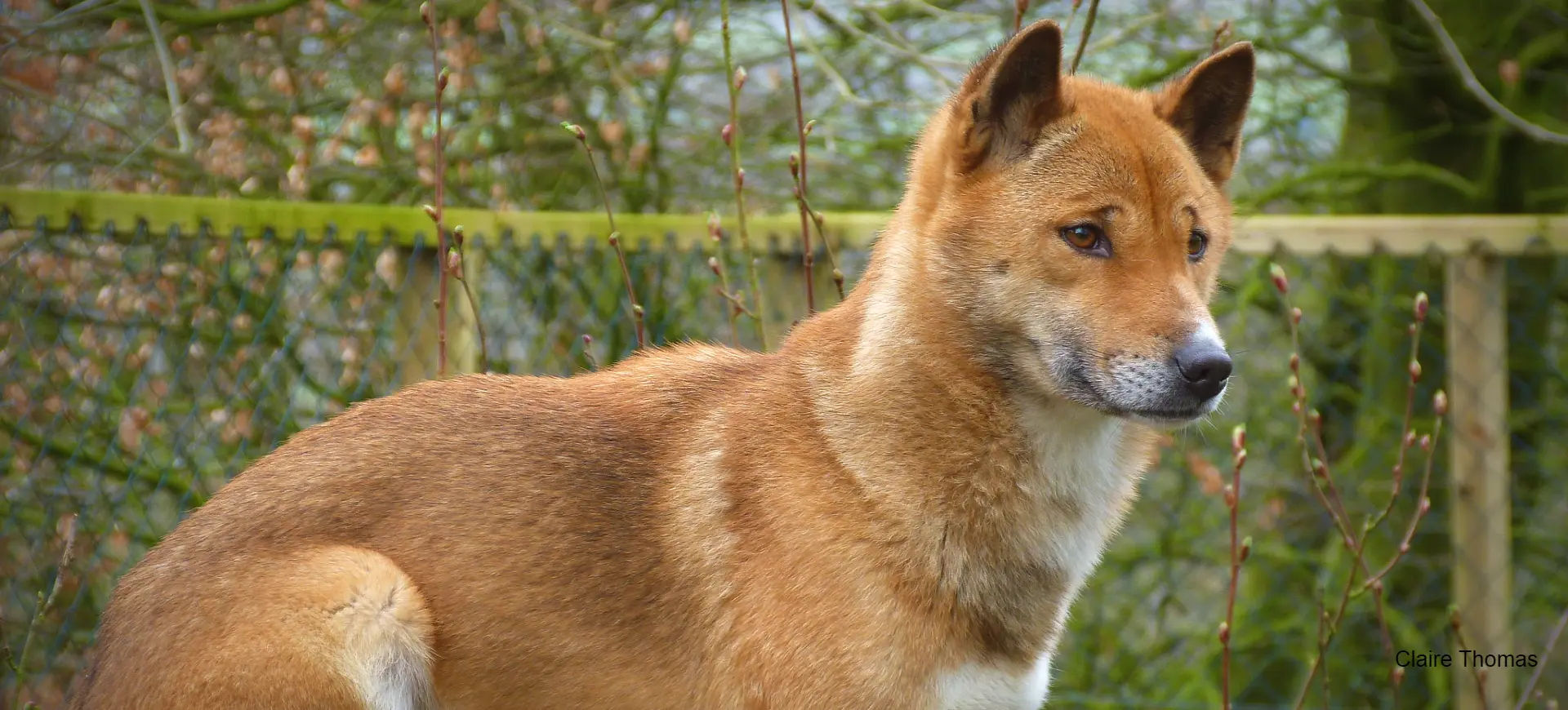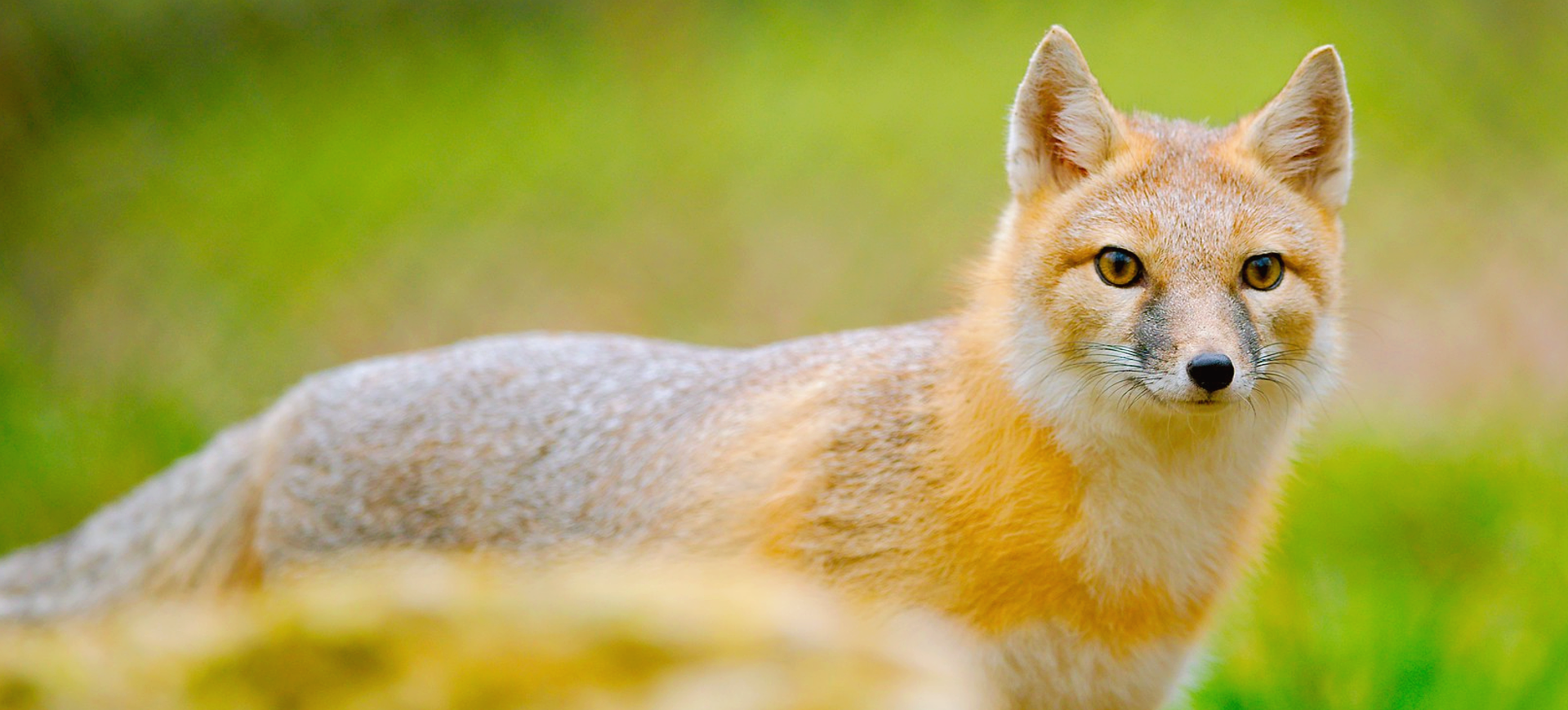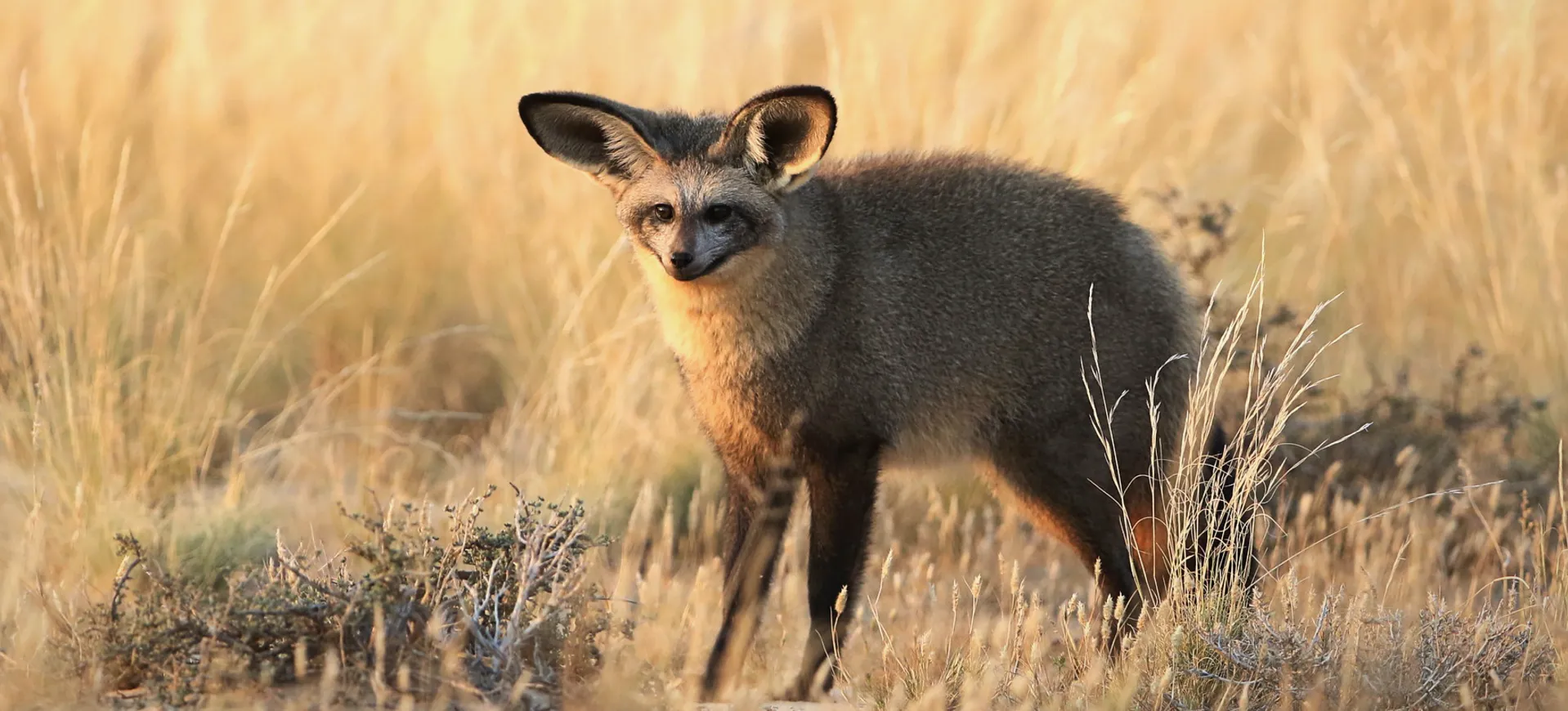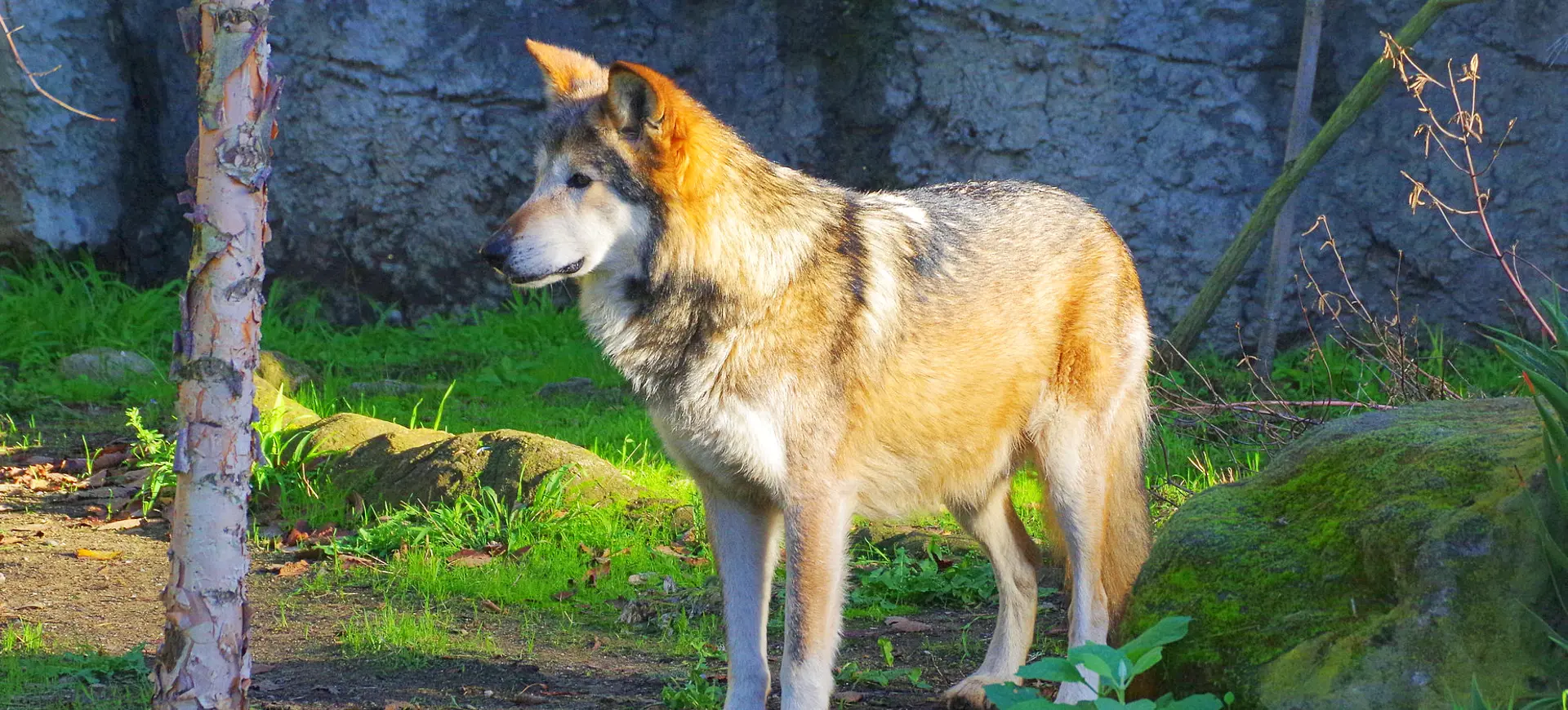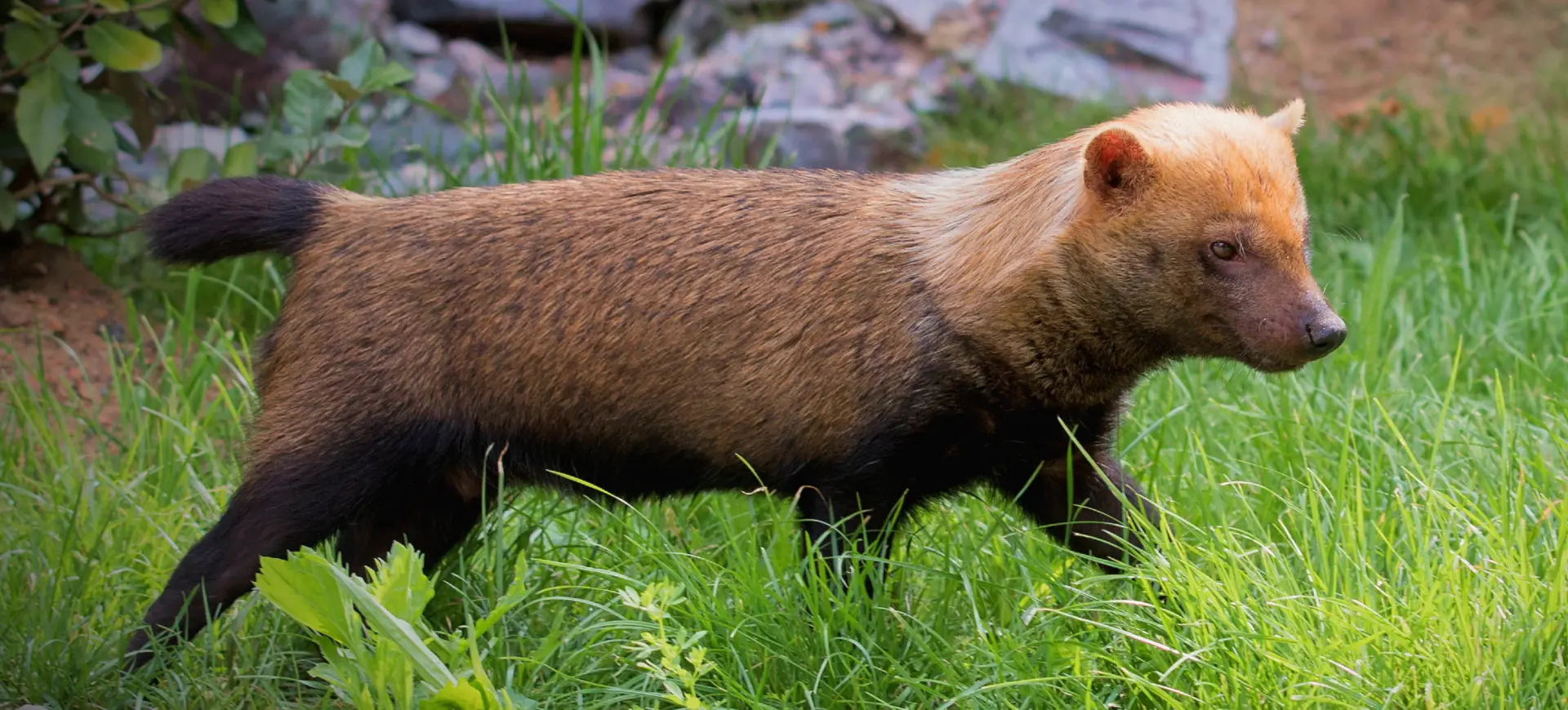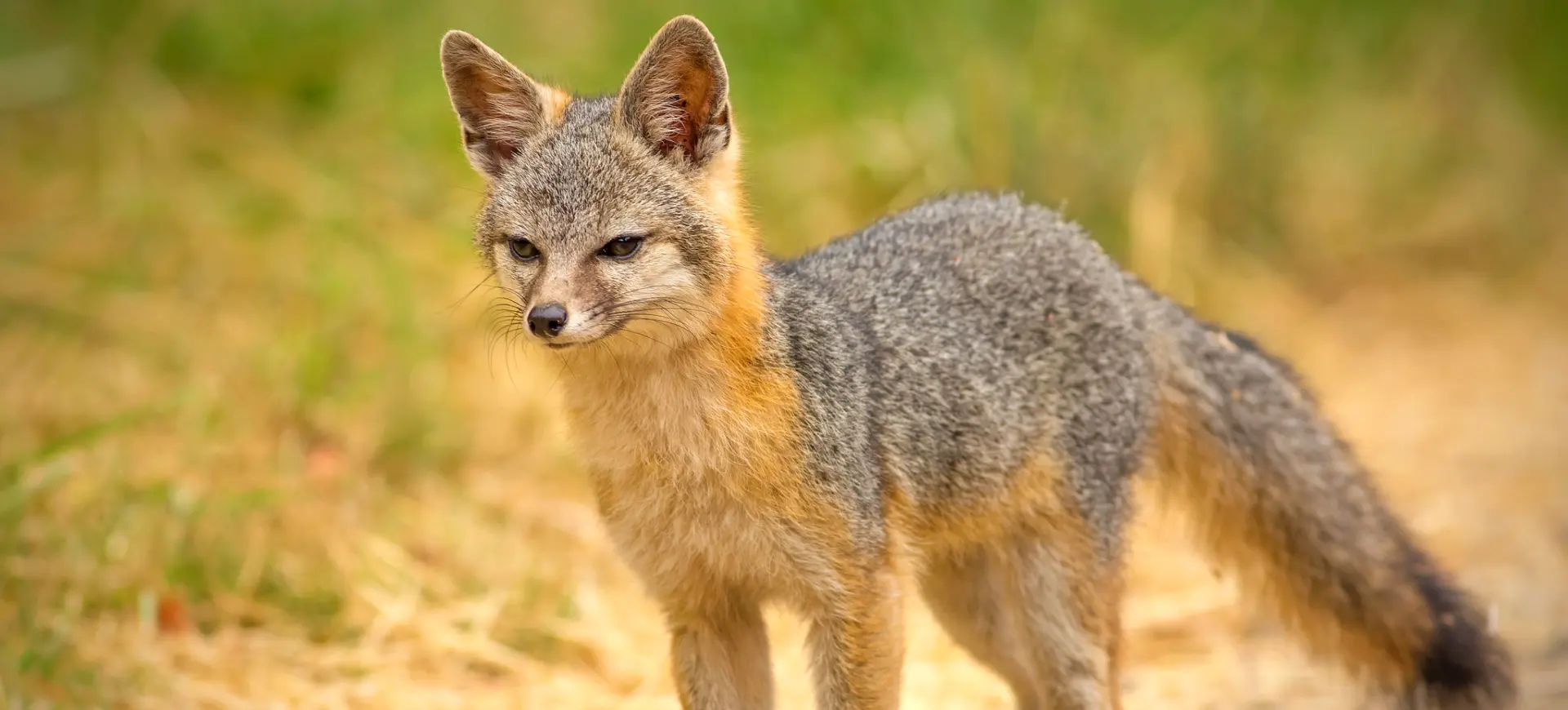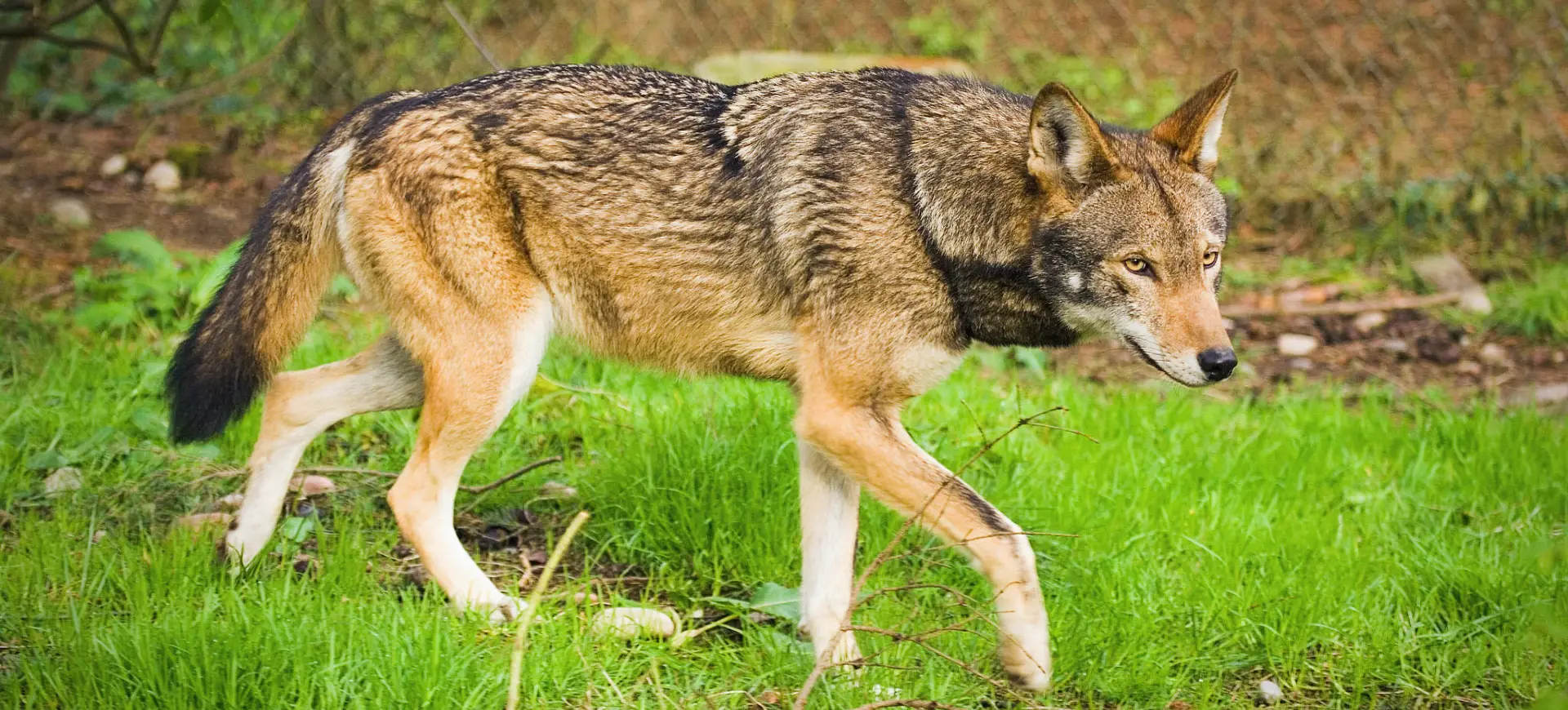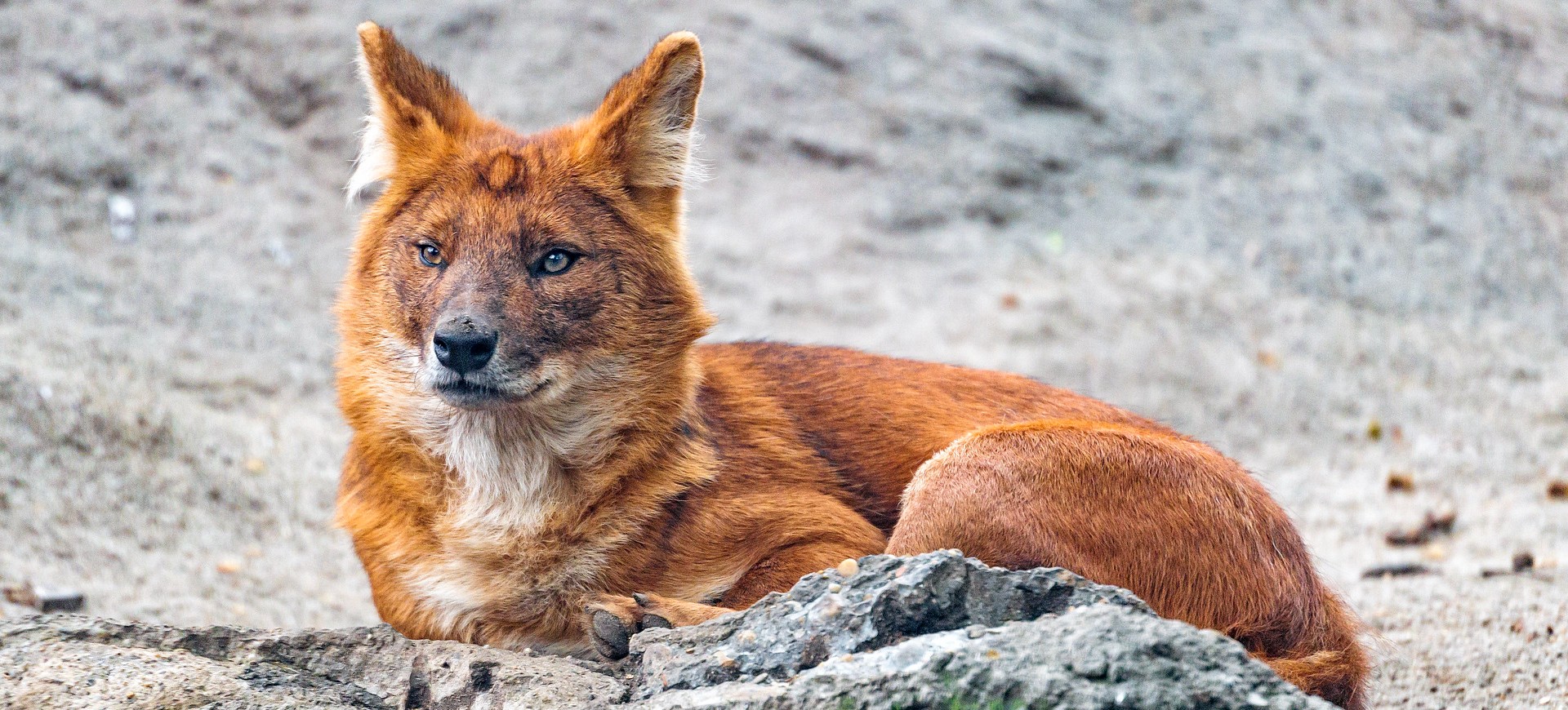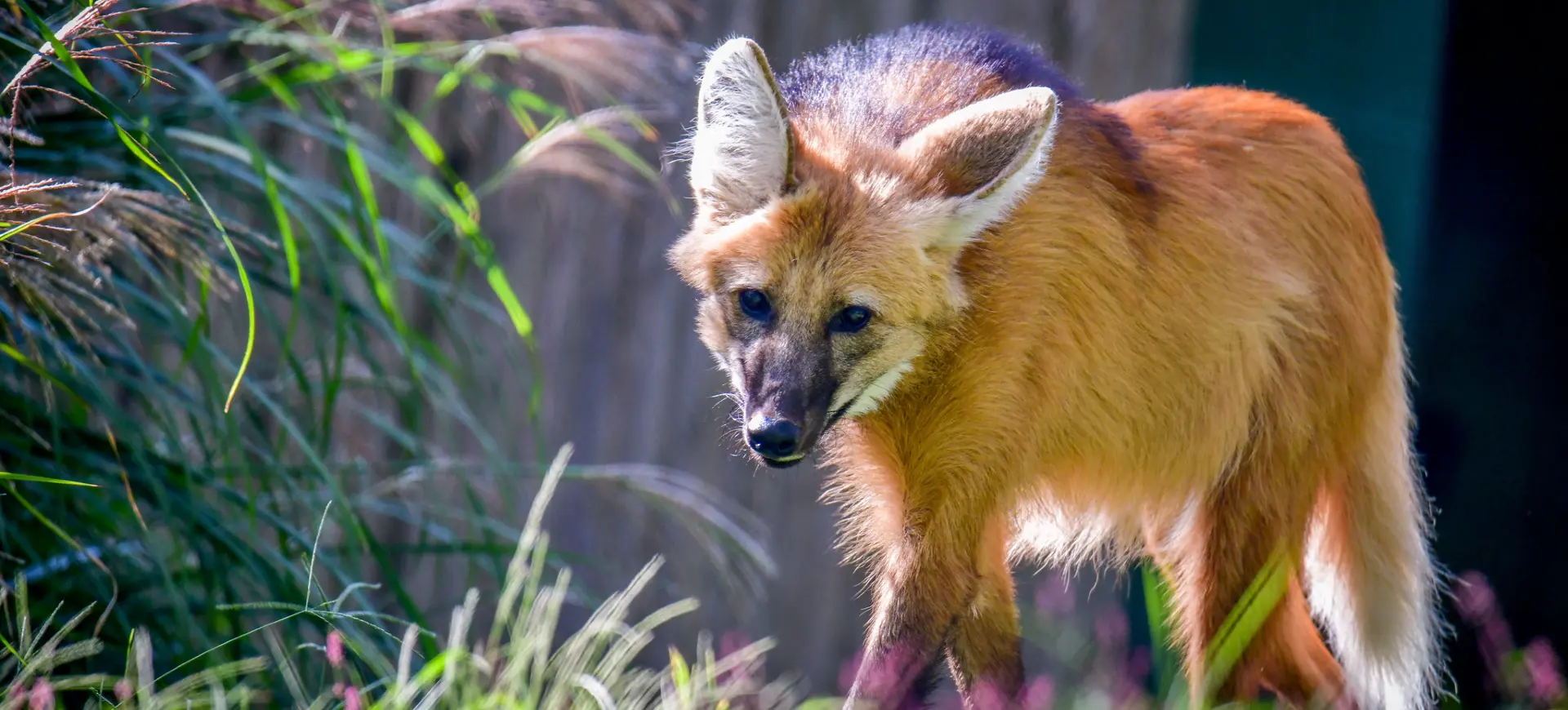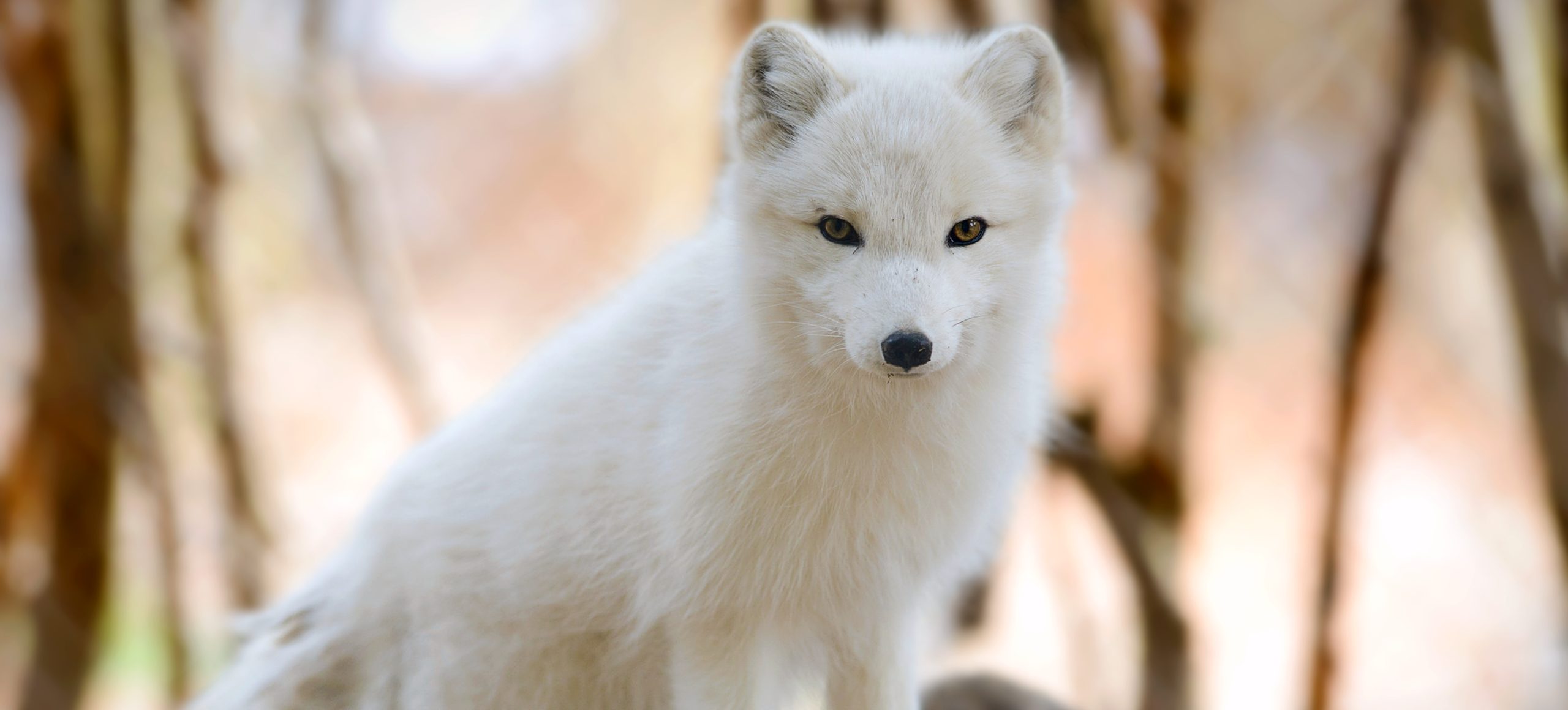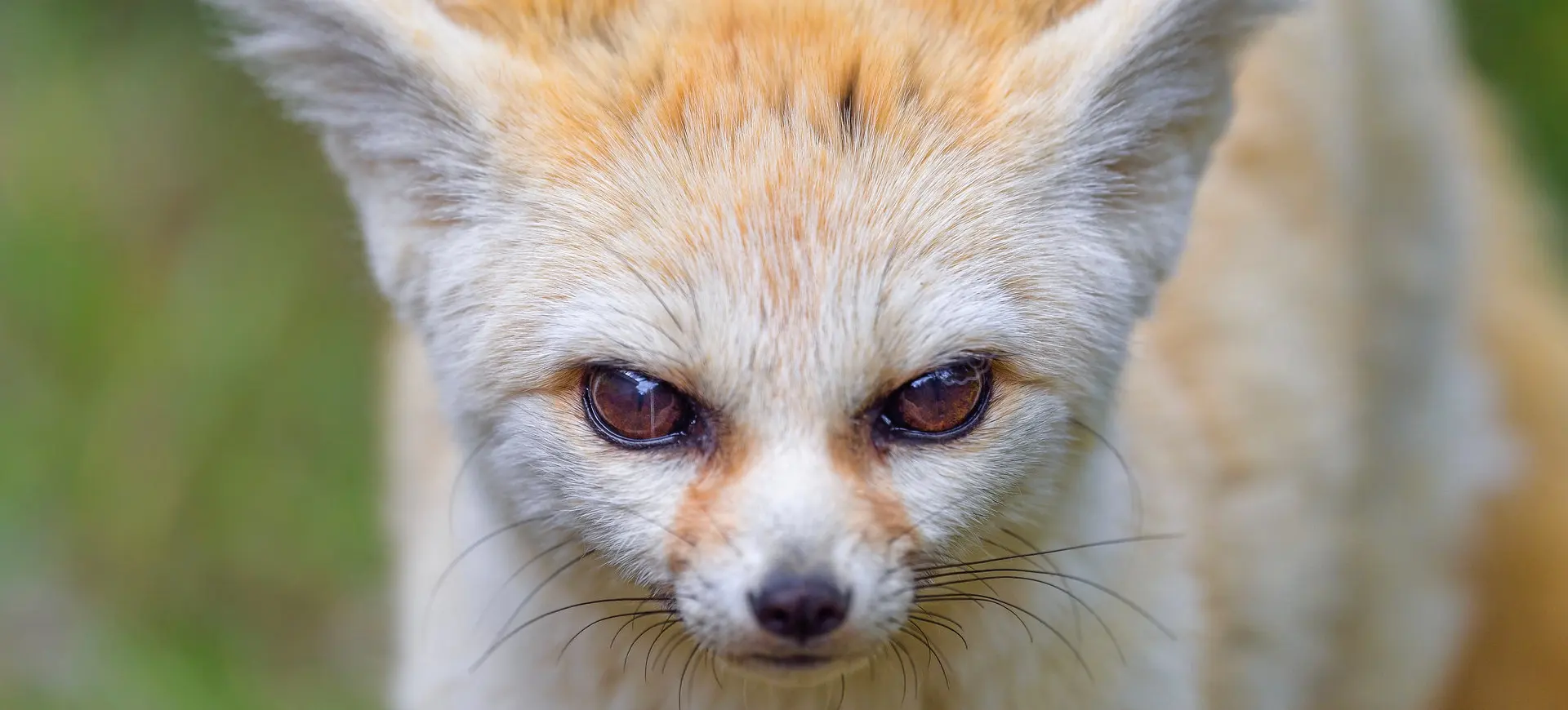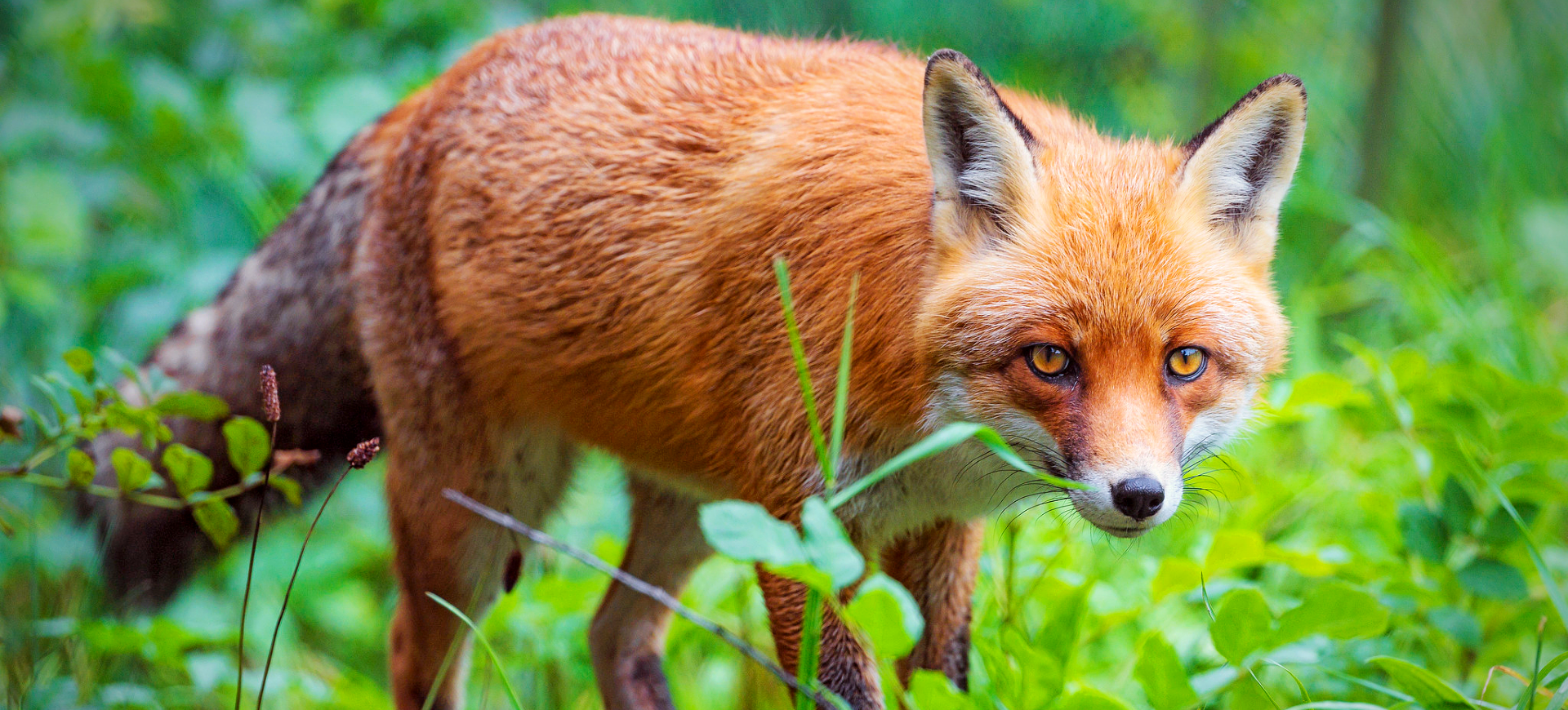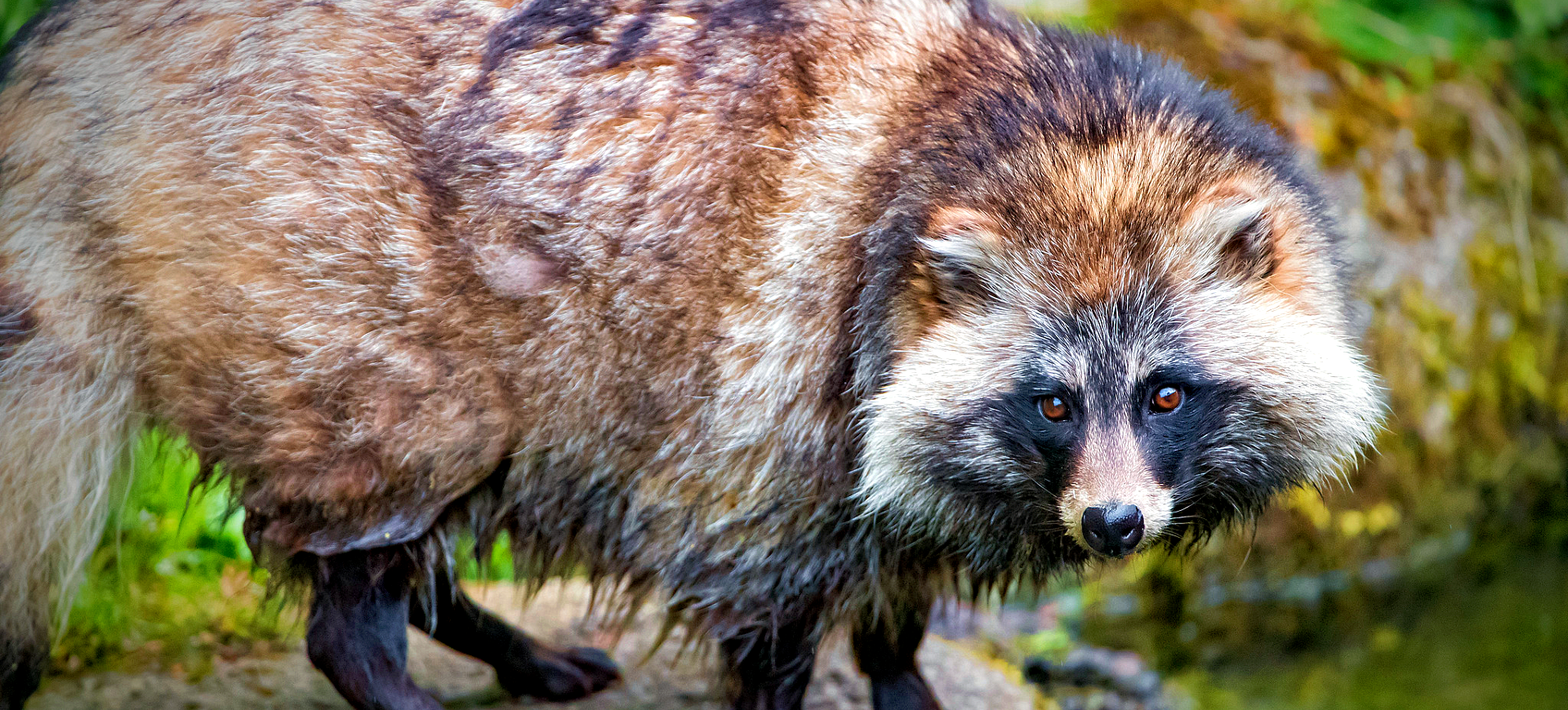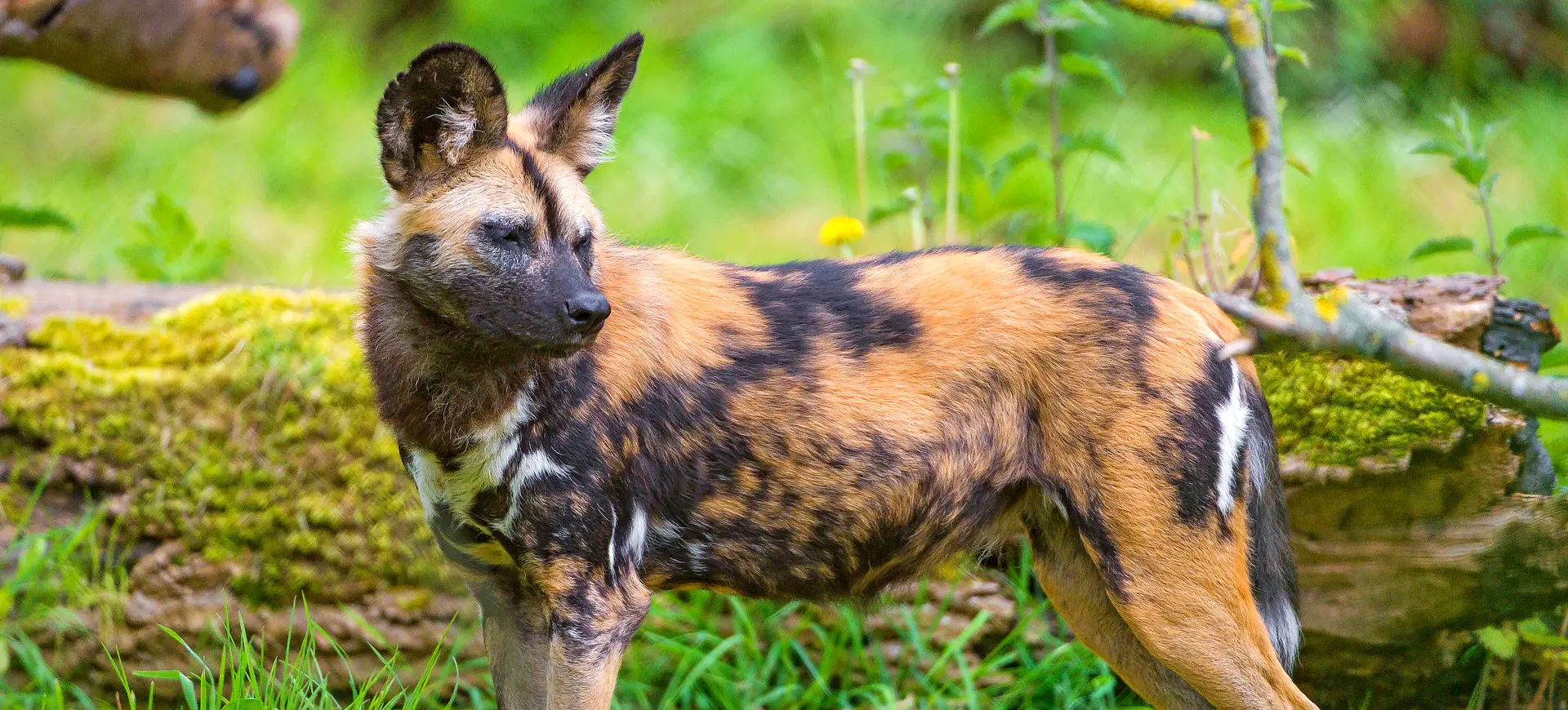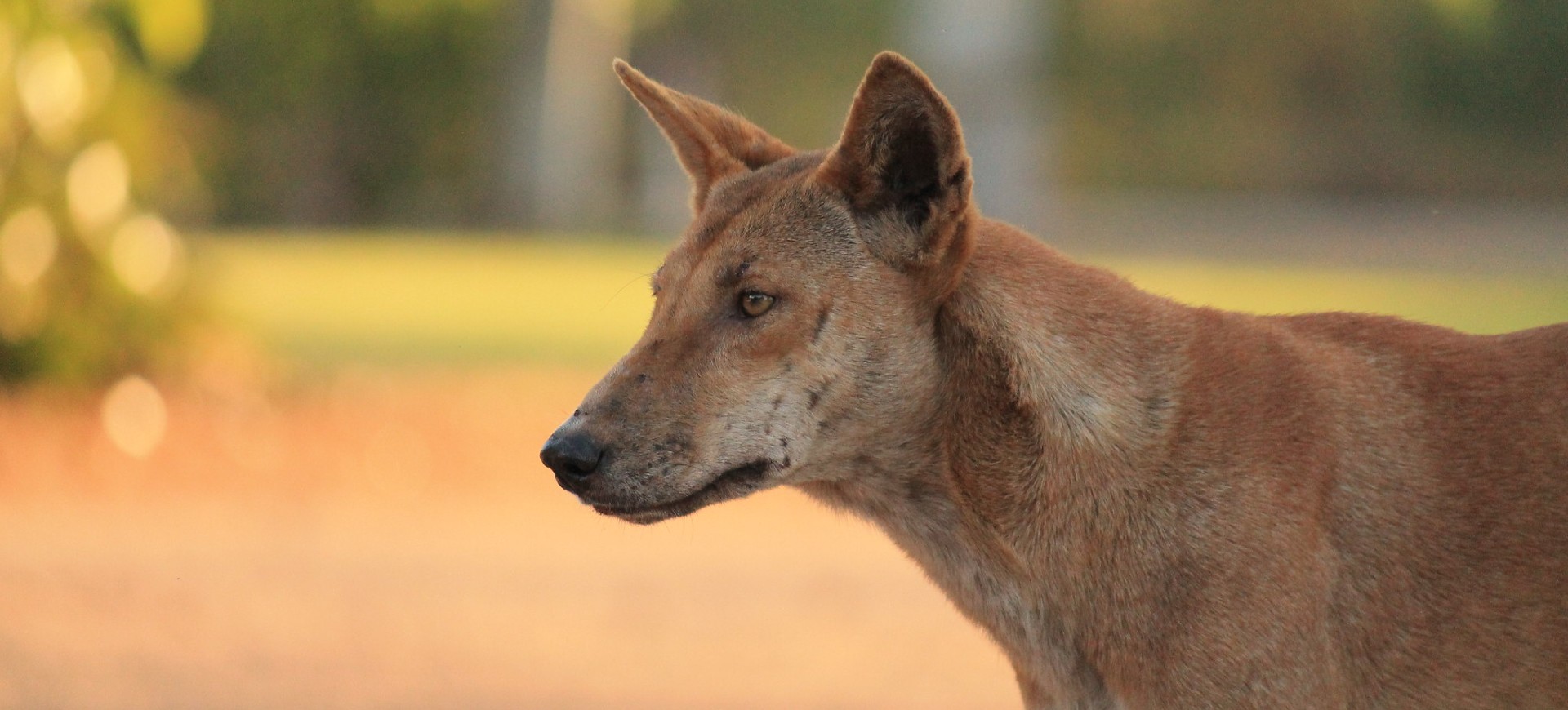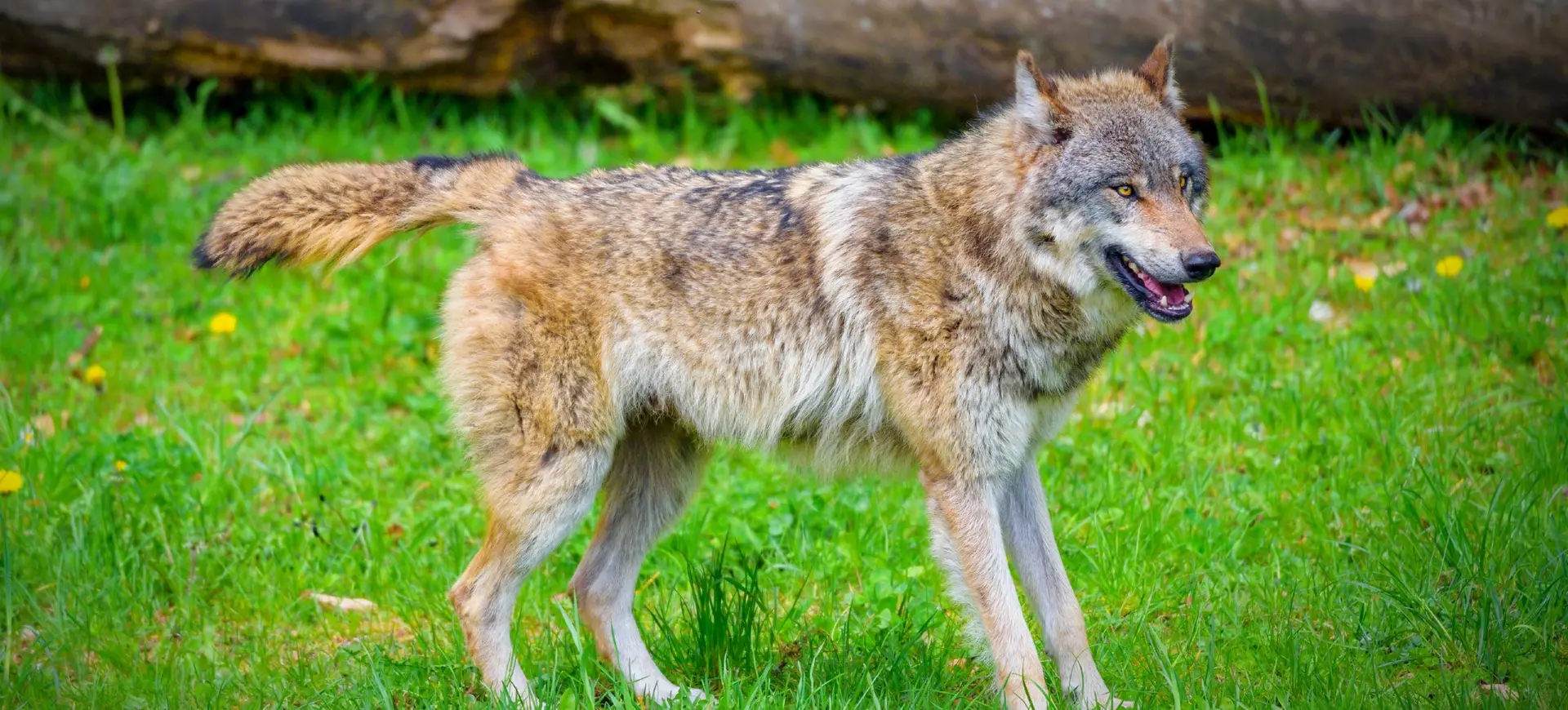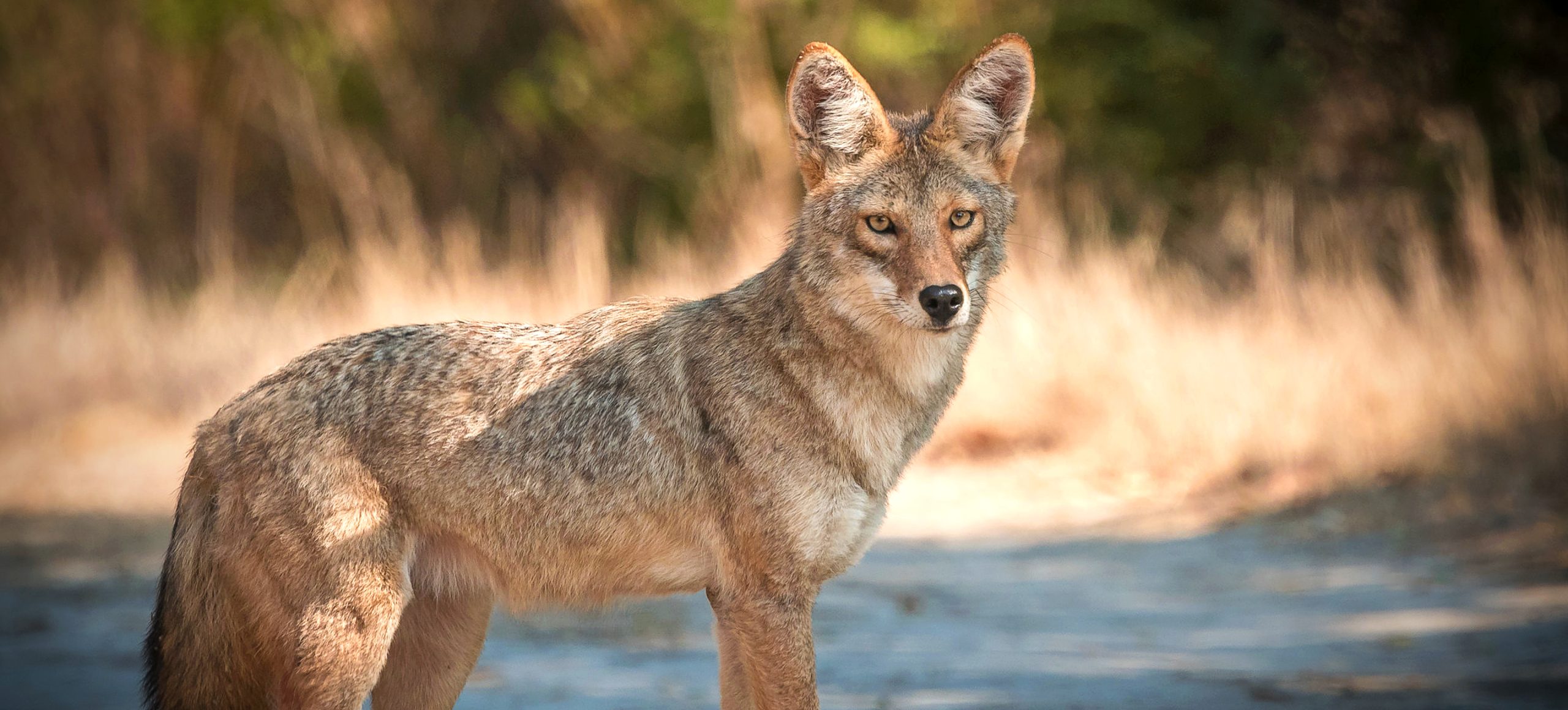Overview
The Arctic Wolf is a subspecies of the gray wolf adapted to the extreme cold of the Arctic tundra. It is known for its thick, white fur, which helps it blend into the snowy landscape and provides insulation against freezing temperatures. These wolves are highly social animals, living and hunting in packs that help them take down large prey, such as muskoxen and Arctic hares. Unlike other wolf subspecies, Arctic Wolves do not face significant human threats in their natural habitat due to the remoteness of their environment.
Arctic Wolves are smaller than their mainland counterparts, with shorter legs, ears, and snouts, which help them conserve body heat. They have a well-developed sense of smell, which aids in hunting and locating pack members. These wolves are highly resilient and capable of surviving in an environment where temperatures drop below -30°F (-34°C) and food is often scarce. They are opportunistic feeders, preying on various animals and even scavenging when necessary to sustain themselves through the harsh winters.
During the short Arctic summer, these wolves take advantage of the increased food availability to raise their pups. Their social structure revolves around a dominant breeding pair, with the entire pack helping to care for and protect the young. Arctic Wolves are known for their long-distance travels, sometimes covering vast areas in search of food. They are considered top predators in their ecosystem, playing a critical role in maintaining the balance of the Arctic food web.
Taxonomy
Kingdom
Phylum
Class
Order
Family
Genus
Species
Sub Species
Type
Current distribution:
Arctic Wolves are distributed across the high Arctic regions, mainly on islands and in coastal areas of northern Canada, as well as in parts of Greenland and Alaska. The largest populations are found in Canada's northern territories, where they roam the vast, open tundra. They can also be found on Ellesmere Island and other remote islands within the Arctic Archipelago. The isolation of these regions means that the wolves face few threats from human activity, unlike their southern relatives.
Due to the challenging conditions of their habitat, Arctic wolves have a lower population density than other wolves, but they are well adapted to survive in these areas. During the warmer months, they may follow migrating caribou herds, temporarily extending their range. The availability of prey largely dictates the range of Arctic Wolves, and they have been known to travel long distances to hunt. Although their populations are stable, they can be sensitive to changes in prey availability, which may be influenced by climate change.
Physical Description:
Arctic Wolves have thick, white fur that helps them blend seamlessly with the snow-covered landscape, offering camouflage against predators and prey. Their fur is denser and longer than that of other gray wolf subspecies, providing excellent insulation against frigid Arctic temperatures. They are slightly smaller than mainland gray wolves, with shorter legs, ears, and snouts, which help minimize heat loss in the extreme cold. The eyes of Arctic Wolves are typically amber or pale yellow, giving them a piercing, alert look.
Their muscular build and sturdy limbs are well-suited for traversing the rugged, icy terrain of the tundra. Despite their bulk, they are agile and capable of running swiftly to chase down prey over vast distances. The pads of their feet are covered in fur to provide a grip on slippery surfaces and additional warmth. Arctic Wolves are also known for their strong jaws and sharp teeth, which allow them to hunt and consume their prey, including the bones and hides, efficiently.

Lifespan: Wild: ~7 Years || Captivity: ~18 Years

Weight: Male: 88-110 lbs (40-50 kg) || Female: 80-95 lbs (36-43 kg)

Length: Male: 40-63 in (102-160 cm) || Female: 36-60 in (91-152 cm)

Height: Male: 25-31 in (63-79 cm) || Female: 24-30 in (61-76 cm)

Top Speed: 40 mph (64 km/h)
Characteristic:
Native Habitat:
The Arctic Wolf is native to the high Arctic regions, primarily found in the tundra and the northernmost parts of Greenland, Canada, and Alaska. They inhabit areas where the ground remains covered in snow and ice for most of the year, and temperatures often plunge below freezing. Their territory typically includes open, barren landscapes with few trees, allowing them to spot prey from a distance. Due to the remoteness of their habitat, Arctic Wolves have little to no direct contact with humans, which has helped them avoid the threats faced by other wolf subspecies.
During the brief summer, the Arctic landscape transforms, with some plant growth providing cover and attracting herbivores that the wolves hunt. These wolves are highly territorial and will roam large areas for food, sometimes covering hundreds of miles. The sparse environment means that packs must be able to travel long distances to find sustenance. They have adapted to endure the harsh conditions of the Arctic, where other predators are scarce, making them the apex predators of their ecosystem.
Climate Zones:
Biomes:
WWF Biomes:
Biogeographical Realms:
Continents:
Countries:
Diet:
Diet & Feeding Habits:
Arctic Wolves are carnivorous predators that hunt medium to large ungulates, such as muskoxen and Arctic hares. They also prey on caribou, lemmings, and even birds when larger prey is scarce. Hunting in packs allows them to take down animals much larger than themselves, crucial for survival in the harsh Arctic environment where food can be scarce. They are opportunistic hunters and will scavenge carrion, consuming every part of the carcass, including bones and hides, to extract maximum nutrients.
Their diet varies seasonally, with summer providing more opportunities to hunt smaller mammals and birds while winter drives them to pursue larger prey. Arctic Wolves have been observed following caribou herds during migration, taking advantage of the seasonal movement of prey. They can survive without food for extended periods when necessary, but they can consume up to 20 pounds (9 kg) of meat in a single meal after a successful hunt. Their ability to adapt their hunting strategies and diet to prey availability is essential to their survival in the Arctic.
Mating Behavior:
Mating Description:
Arctic Wolves are monogamous, with a dominant breeding pair that leads the pack. Mating typically occurs in March, and the female gives birth in May or June when conditions are milder and food is more abundant. Unlike wolves in more temperate regions, Arctic Wolves often give birth in rock outcrops or caves instead of traditional dens dug into the ground, as the permafrost makes digging difficult. The litter size ranges from 2 to 6 pups, and the entire pack assists in raising and protecting the young.
The pups are born blind and helpless, relying on their mother and other pack members for warmth and food. After a few weeks, they explore outside the den, learning essential survival skills through play and interaction with other pack members. By autumn, the pups are strong enough to travel with the pack, joining in on hunts and helping to secure food for the group. This cooperative breeding and rearing strategy ensures the pups receive enough care and protection to survive the harsh Arctic conditions.
Reproduction Season:
Birth Type:
Pregnancy Duration:
Female Name:
Male Name:
Baby Name:
Social Structure Description:
Arctic Wolves live in packs typically smaller than their southern relatives, usually consisting of 5 to 7 members. The pack is led by a dominant breeding pair, which oversees hunting, territory defense, and the care of pups. Social bonds within the pack are strong, and wolves communicate through vocalizations, body language, and scent marking to maintain cohesion. During hunts, they work cooperatively to take down larger prey, which requires teamwork and strategy.
The pack’s hierarchy is established through displays of dominance and submission, ensuring that roles are clearly defined. Younger wolves often play and practice hunting skills, which prepares them for adult responsibilities. If food is scarce, smaller pack sizes can be beneficial, reducing competition for resources within the group. This social structure enables the wolves to survive in the harsh Arctic environment, where cooperation is key to successful hunting and raising young.
Groups:
Conservation Status:
Population Trend:
The population of Arctic Wolves is currently stable, with no significant decline observed in recent years. Their remote and inaccessible habitat has largely protected them from the direct human threats that have affected other gray wolf subspecies, such as hunting and habitat loss. However, their dependence on the availability of large prey like caribou and muskoxen means that changes in prey populations, potentially driven by climate change, could impact their numbers. Conservation measures for Arctic Wolves are less urgent than for other wolves, but monitoring their prey and habitat is crucial to maintaining a healthy population.
Arctic Wolves are relatively adaptable and able to adjust to variations in prey availability and environmental conditions. Their population is most vulnerable during harsh winters when food is scarce and hunting becomes more challenging. Despite their stable numbers, climate change poses a potential future threat by altering the migration patterns of their prey and the conditions of their habitat. Continued research and monitoring are important to ensure that Arctic Wolves and their ecosystem remain balanced.
Population Threats:
The primary threat to Arctic Wolves comes from the potential effects of climate change, which may alter the availability of their prey. As the Arctic warms, changes in the migration patterns of caribou and other herbivores could lead to food shortages for the wolves. Melting sea ice and permafrost thawing may also change the landscape, affecting the wolves’ hunting grounds and denning sites. Although they do not face significant hunting pressure from humans, future expansion of Arctic infrastructure could pose new risks.
Unlike other wolf populations, Arctic Wolves do not have many natural predators, but competition with other packs for territory and prey can lead to conflicts. Human activities, such as resource extraction and increased shipping routes, could introduce new disturbances to their habitat. While not a major issue, the disease could also threaten isolated populations, especially if climate change facilitates the spread of pathogens. Maintaining the delicate balance of the Arctic ecosystem is essential for the continued survival of Arctic Wolves.
Conservation Efforts:
Conservation efforts for Arctic Wolves have been minimal, largely because their habitat is so remote that human interaction is limited. However, protecting Arctic habitats, including conservation areas that preserve the tundra ecosystem, indirectly benefits these wolves. Ongoing climate research is crucial for understanding the potential impacts of a warming planet on the Arctic food web, including key prey species for the wolves. There is also an increased focus on studying the migration patterns of caribou, which are vital to the Arctic Wolf’s diet.
Efforts to limit infrastructure expansion into the Arctic, such as pipelines and shipping routes, help protect the natural environment. Raising awareness about the effects of climate change on Arctic species, including the Arctic Wolf, is part of broader conservation campaigns. Zoos and wildlife parks that house Arctic Wolves educate the public about the species and the importance of preserving their habitats. Continued monitoring and research are needed to ensure that future environmental changes do not disrupt the stability of Arctic Wolf populations.
Additional Resources:
Fun Facts
- Arctic Wolves can survive for months without food during times of scarcity, storing energy in their bodies.
- Unlike many wolves, they do not dig dens; they often use rocky crevices or ice caves.
- They have shorter ears and muzzles than other wolves, adaptations that help conserve heat.
- Arctic Wolves can travel up to 20 miles (32 km) in a single day while hunting.
- Their white fur provides excellent camouflage against the snow, making it easier to sneak up on prey.
- The pack’s social structure is built around cooperation, especially during hunting and raising pups.
- They have a highly developed sense of smell, capable of detecting prey from miles away.
- Despite their remote habitat, Arctic Wolves are important indicators of environmental changes in the Arctic.
- Their vocalizations include howls, growls, and barks, used for communication within the pack.
- Due to limited contact, Arctic Wolves are less aggressive towards humans than other wolf subspecies.


